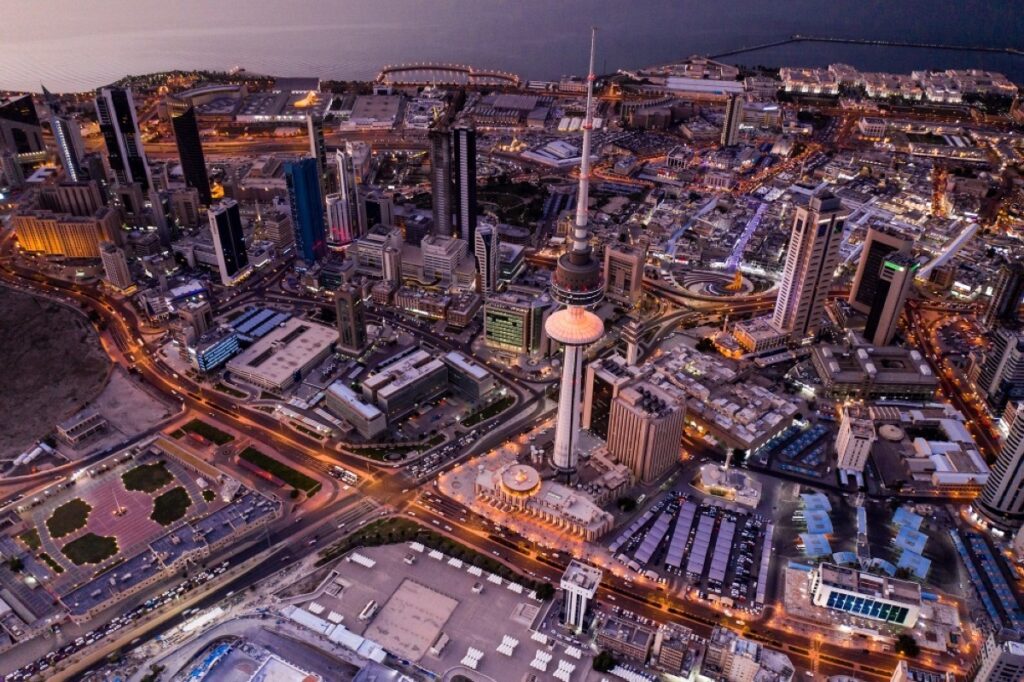Development plan, public-private partnerships essential for long-term stability: KU professor
KUWAIT: Kuwait’s government in July revealed that its budget deficit for the fiscal year 2024-2025 stands at around KD 1.056 billion — a significant improvement from the originally forecasted deficit of KD 6 billion. This reduction raises important questions: Why did the deficit shrink so much, and what challenges remain? Dr Reyadh Faras, Economics Associate Professor at Kuwait University, breaks down the situation in an interview with KTV news channel’s ‘Nabd Al-Sharea’.
What changed?
When setting the 2024-2025 budget, the government based its revenue estimates largely on oil prices of about $70 per barrel. “The budget was set with an expectation that oil prices would be around $70 per barrel, leading to total revenues of about KD 19 billion,” Dr Faras explained.
However, oil prices stayed higher, roughly $75 per barrel during much of the year, which boosted government revenues. “This helped increase government income,” he said. On top of that, the Cabinet ordered most government agencies to reduce their budgets by approximately 20 percent. “Most government entities cut spending, and I believe this ultimately led to lowering the deficit,” Dr Faras noted.
Adding to this effort, the Ministry of Finance announced last year a spending cap, a positive development given that, in previous years, government spending had no formal ceiling. “For example, the 2000 budget was about KD 4 billion, while in 2022-23 it reached approximately KD 28.5 billion. A kind of financial excess,” Dr Faras said. He added that the 2024-25 budget adopted this spending ceiling, which hopefully will be maintained for the 2025-26 budget, as well. “If this ceiling is respected, I expect the deficit to be more controlled, although fluctuations in oil revenues will likely continue.”
Non-oil revenues also rose thanks to government moves such as increasing fees for public services, he said. Together, these factors cut the expected deficit from KD 6 billion to just over KD 1 billion.
A rollercoaster budget
Kuwait’s budget swings widely from year to year, mainly because of fluctuating oil prices and spending demands, explained Dr Faras.
During the COVID-19 crisis in 2020-2021, Kuwait faced its largest-ever deficit of KD 10.8 billion, which Dr Faras attributed to low oil prices and increased spending to manage the pandemic. The following year, 2022-2023, saw an unexpected surplus of KD 6.4 billion thanks to soaring oil prices. Then in 2023-2024, the deficit rose again to around KD 1.6 billion.
“For Kuwait and other oil-producing countries, we see this issue of fluctuations in revenues,” he said. “This makes financial planning difficult for countries whose budgets rely heavily on one main resource, oil, whose price is sensitive to any economic or political events worldwide.”
Where Does the Money Go?
Salaries are by far the largest expense, accounting for roughly 60 percent of the budget, said Dr Faras. Next come subsidies, totaling about KD 4.5 billion, including: Electricity subsidies (over KD 1 billion), fuel subsidies, education scholarships (roughly KD 0.5 billion for study missions abroad), and social support programs.
About 10 percent of the budget is allocated to capital spending on infrastructure projects and maintenance.
Is there waste?
Dr Faras prefers to describe much government spending not as waste but as “inflation” of costs due to policy choices. For instance, hiring many citizens in government jobs is seen as job creation rather than inefficiency. “Last year, 24,000 Kuwaitis were hired in government jobs. This is not waste but job creation to provide decent living,” he said.
However, inefficiencies do exist, especially in subsidies. For example, electricity is heavily subsidized — the government covers about 95 percent of the cost, charging consumers only about 2 fils per kilowatt-hour, while the real cost is around 45 fils. This encourages excessive use and strains the budget.
“Does this mean the government should raise prices? No, it’s about targeted support,” he said. “There are different income groups: low, middle, and high income. Therefore, support should be directed by linking electricity prices to consumption levels.”
What needs to change?
Kuwait is on track to reduce dependence on oil revenues and diversify its economy.
Dr Faras highlights the government’s plan to increase non-oil revenues from about 9 percent now to around 16.8 percent in coming years. “The government is aware non-oil revenues are low and has plans to raise them gradually,” he said. Fostering public-private partnerships is also essential, he said.
“Increasing non-oil revenues solely by raising fees and usufruct fees will only reach a limit because higher fees affect the private sector, which will pass costs to citizens—a scenario the government wants to avoid,” said Dr Faras.
Kuwait has laws encouraging partnerships where the government contributes land while the private sector finances projects, creating new revenue streams and job opportunities without heavy government spending.
“For example, the North Zour power plant was built as a public-private partnership; the government did not pay a single dinar for construction or maintenance. The company is listed on the stock exchange and generates good returns,” he said.
“We also have the Umm Al-Haiman water treatment plant, another recent project soon to be operational and also expected to be listed on the stock exchange, generating revenues for the public budget.”
Tourism is another promising sector for diversification. “Kuwait needs an independent tourism authority with a clear strategy and marketing plan to promote Kuwait globally,” said Dr Faras. “Kuwait should simplify entry procedures, increase hotel capacity, and host more sporting events to attract more visitors.”
Dr Faras also stresses the urgent need for strategic planning. “Since 2020, Kuwait’s development plan has not been approved, so government agencies operate without a clear roadmap,” he said.
“I hope the government prioritizes approving a five-year development plan. The advantage of such a plan is that it sets quantitative goals for where you want to be.”
Dr Faras said the development plan, together with Cabinet oversight and Kuwait Vision 2035, provides the roadmap to eliminate Kuwait’s budget deficit.

